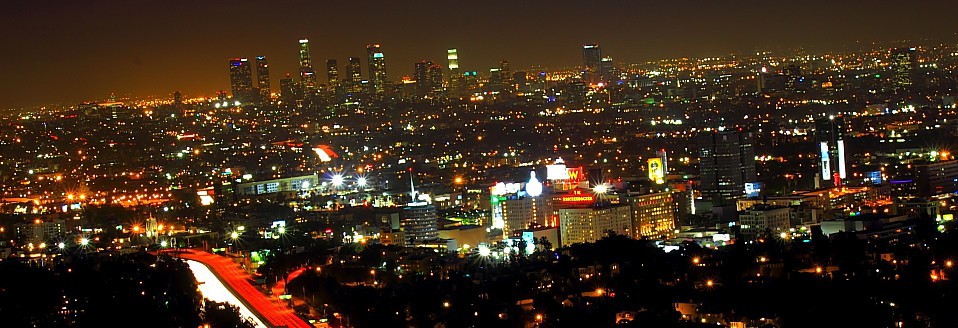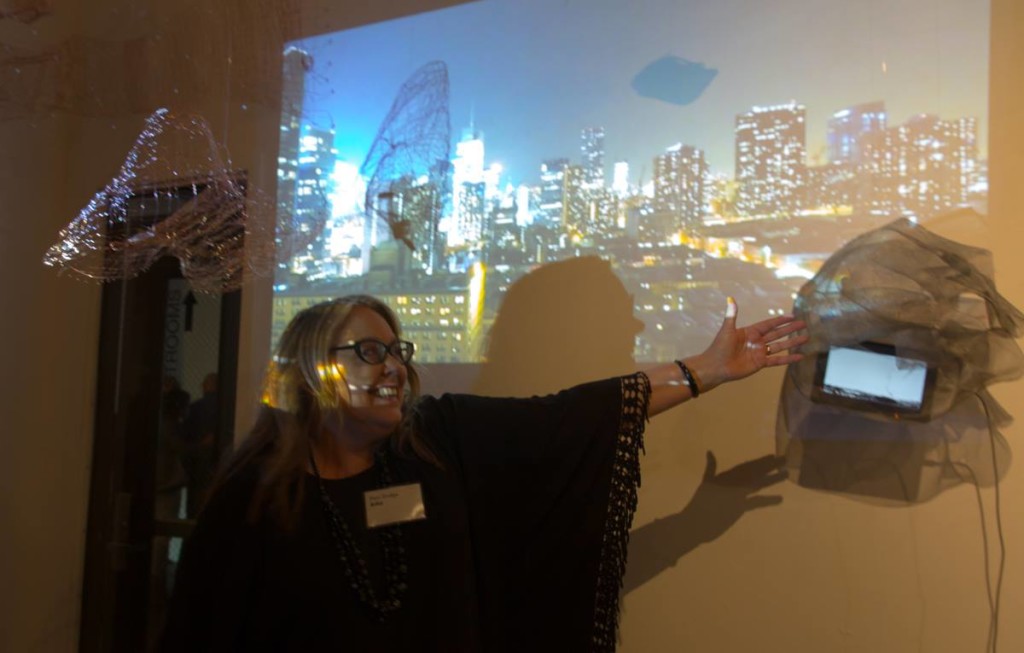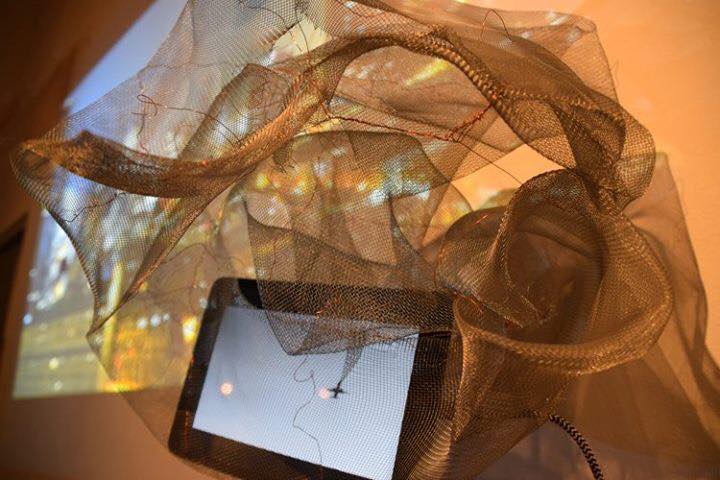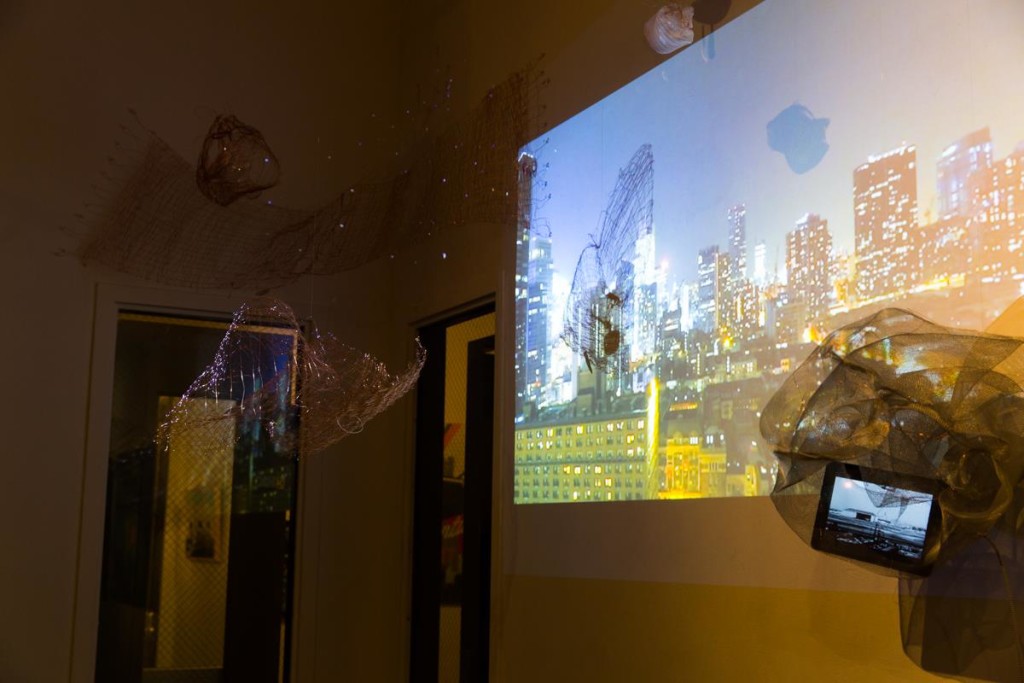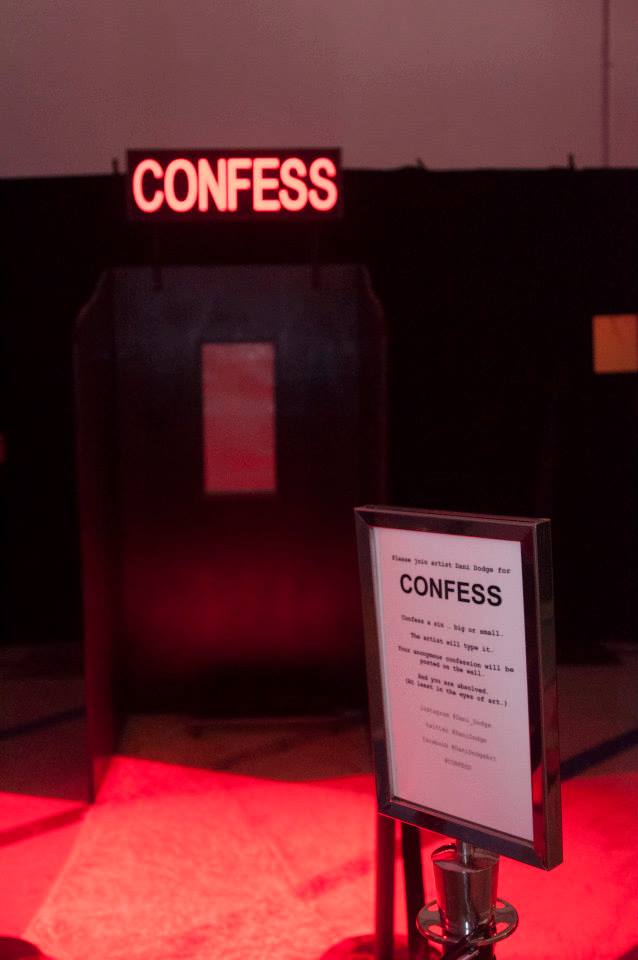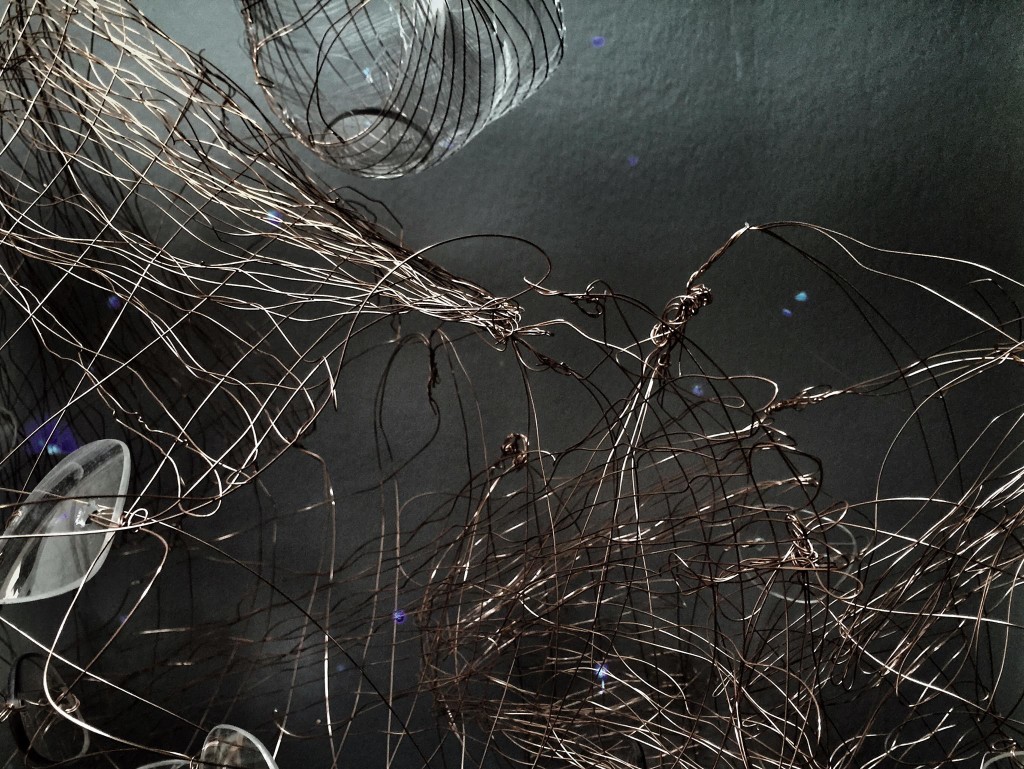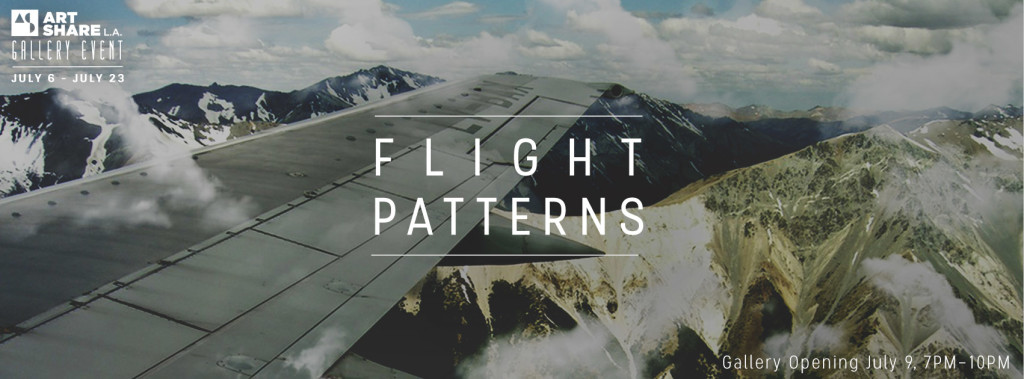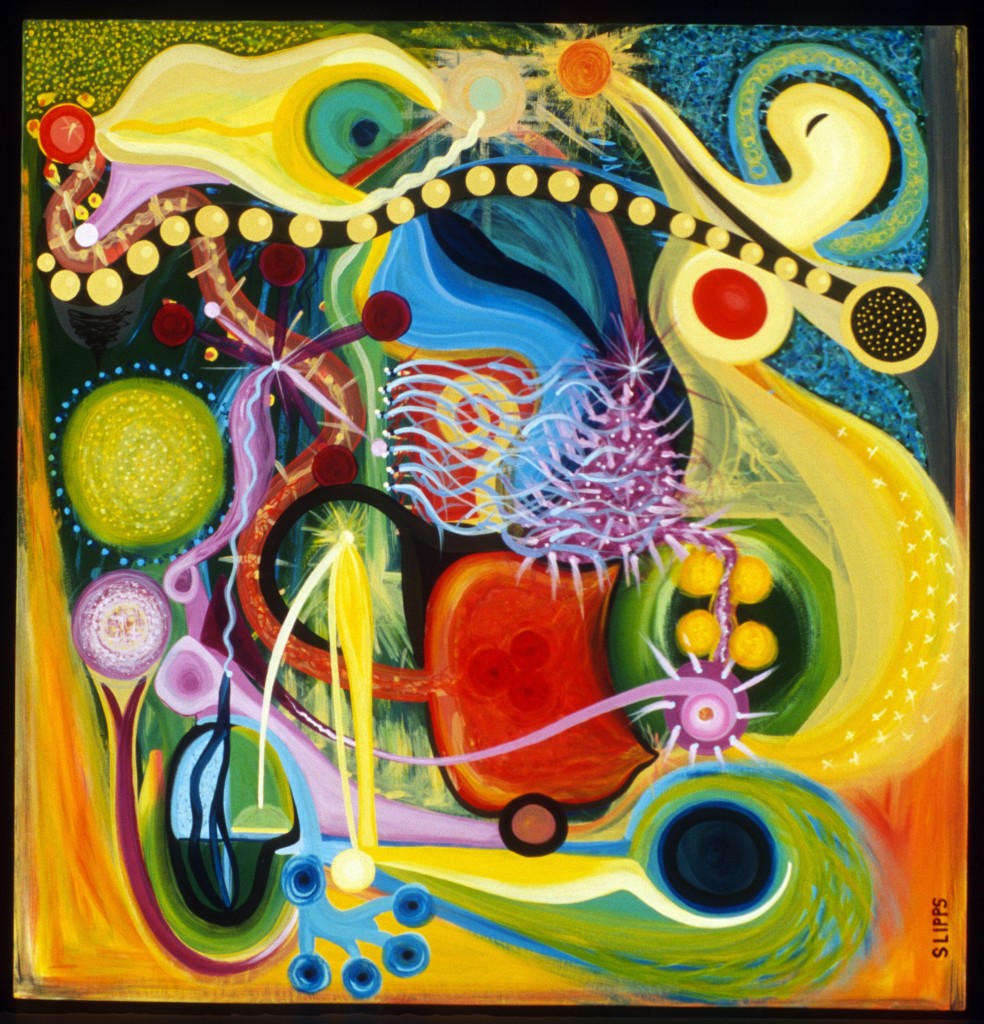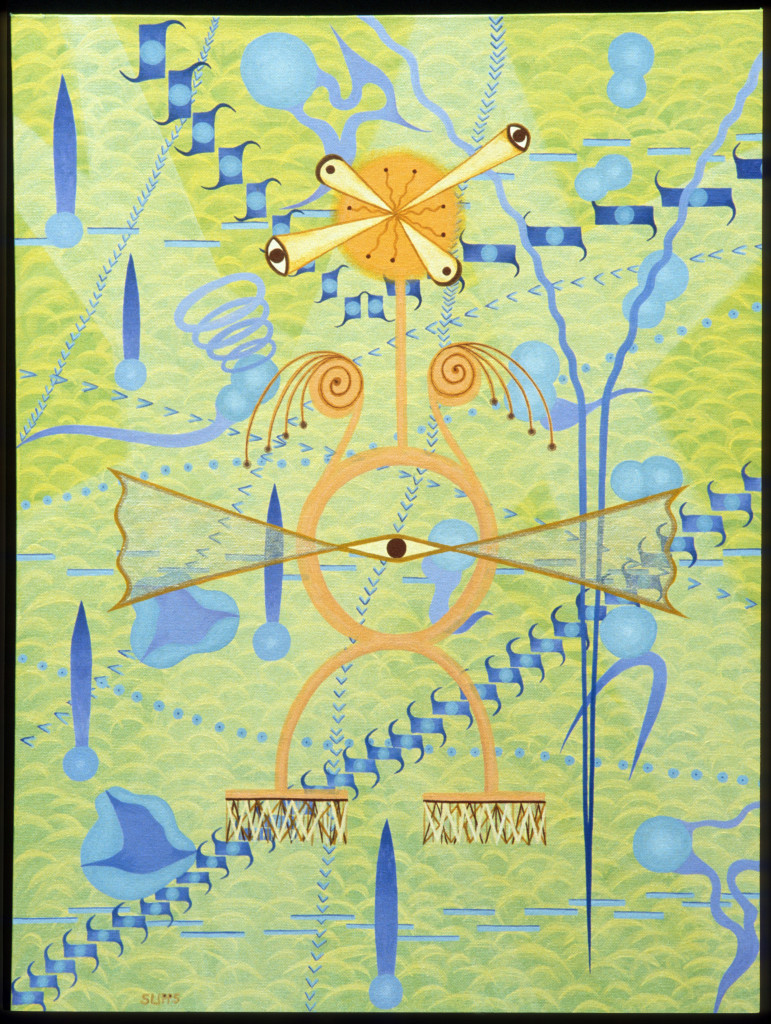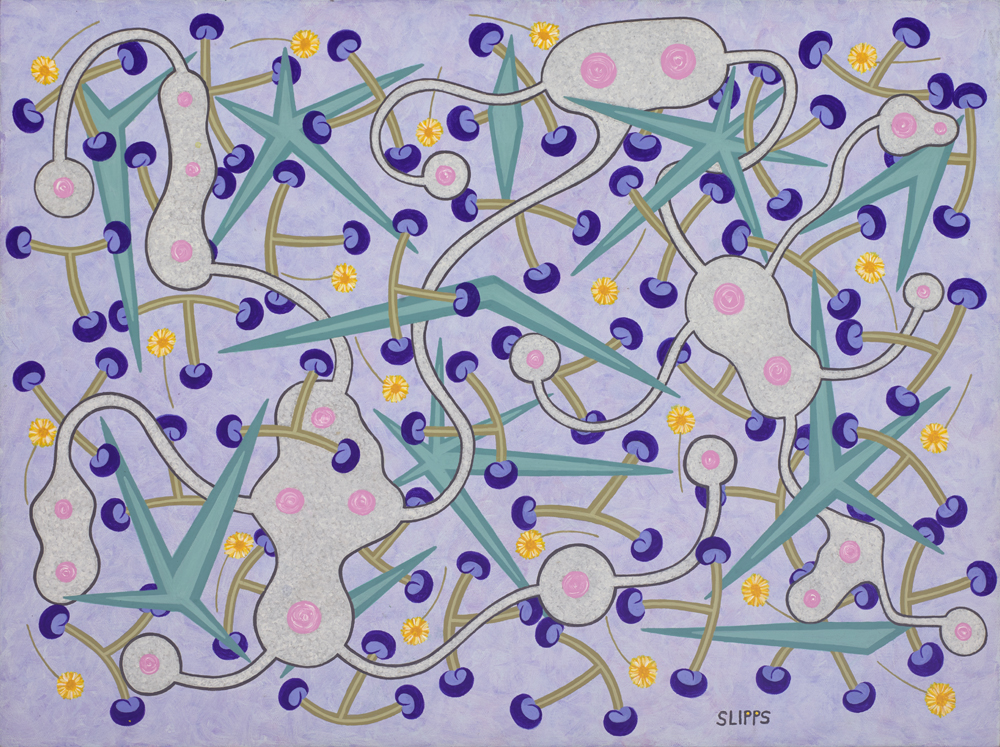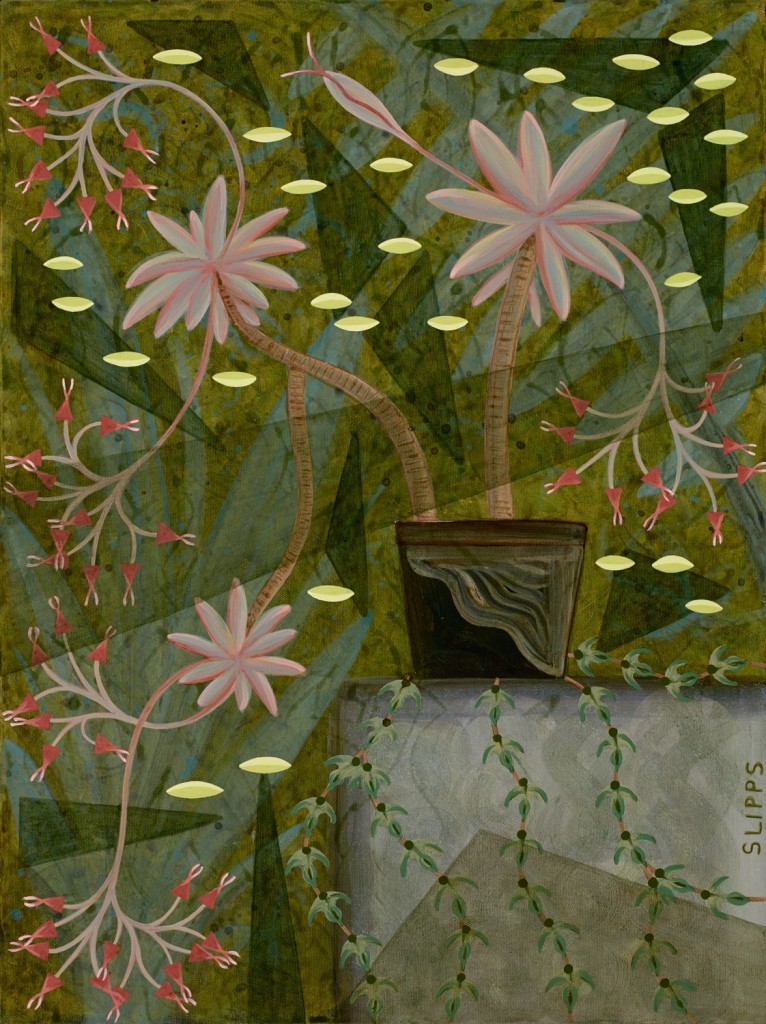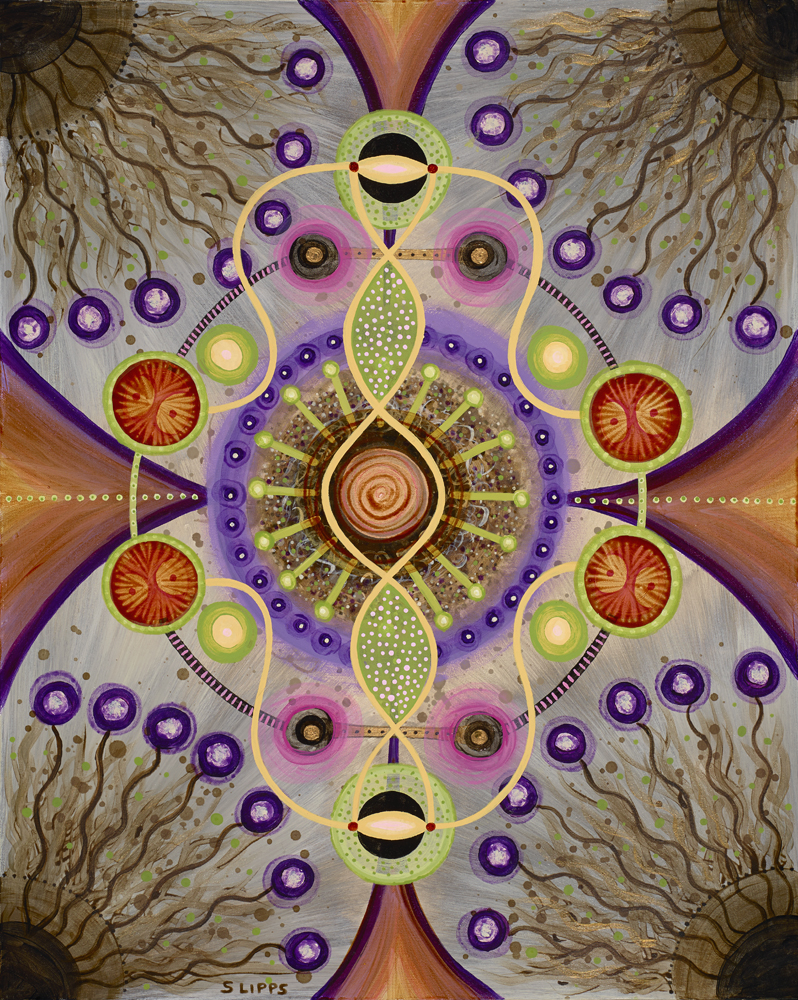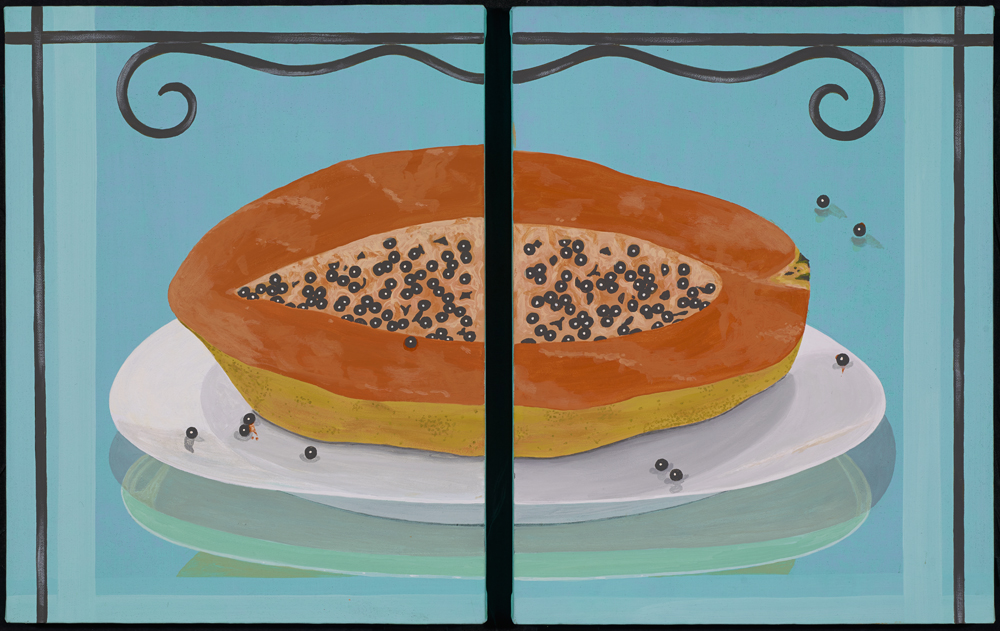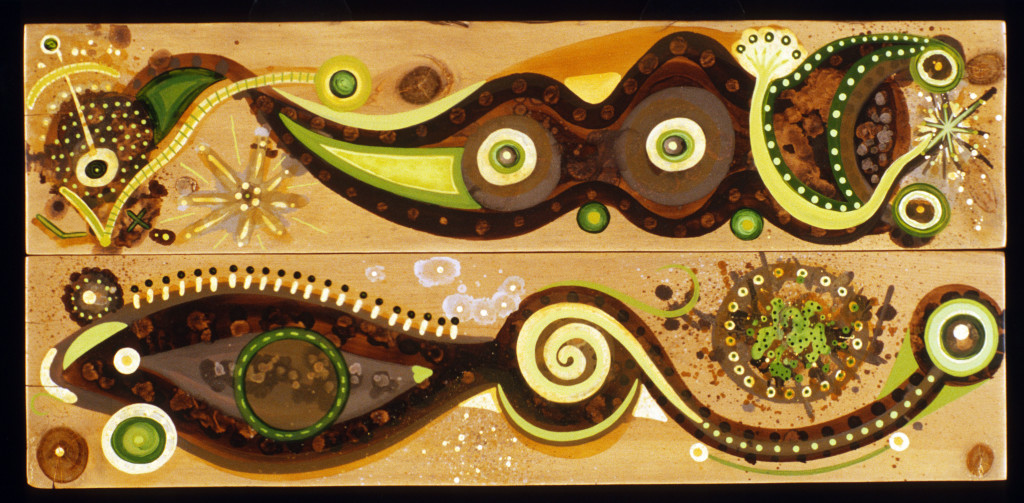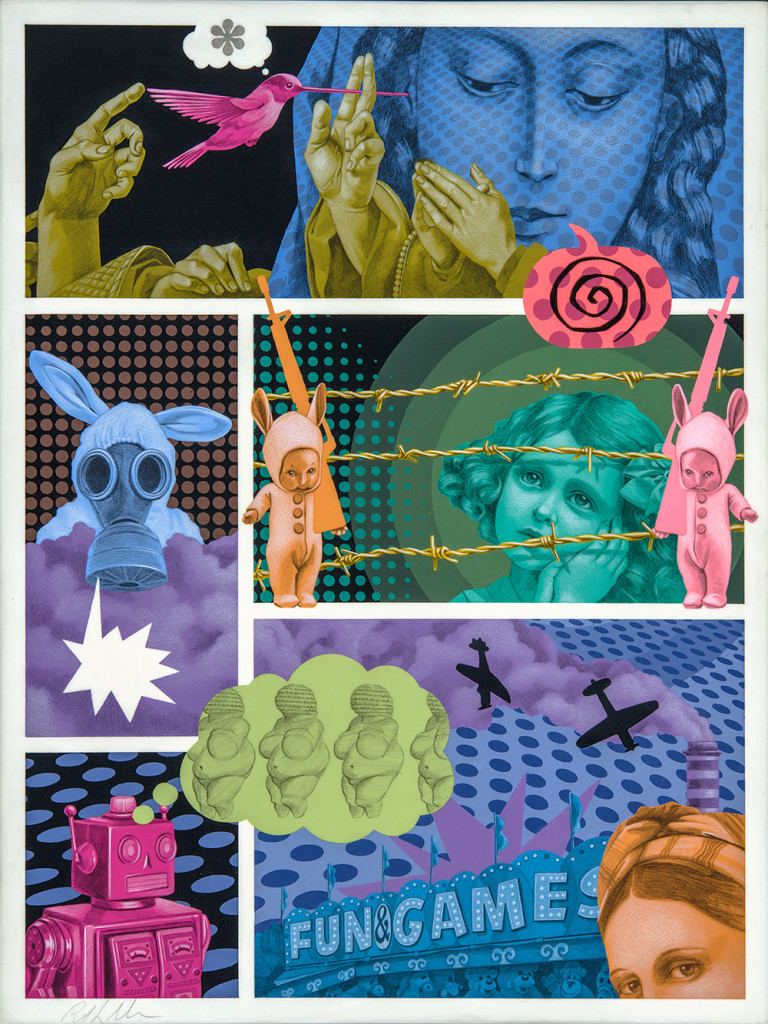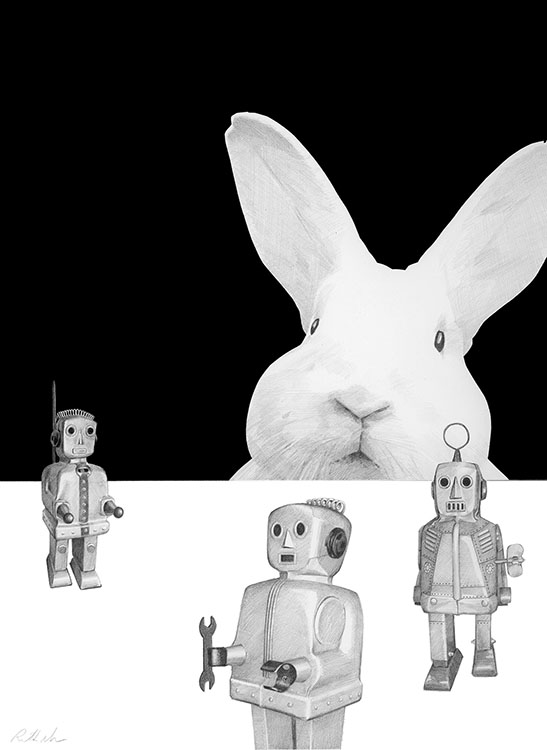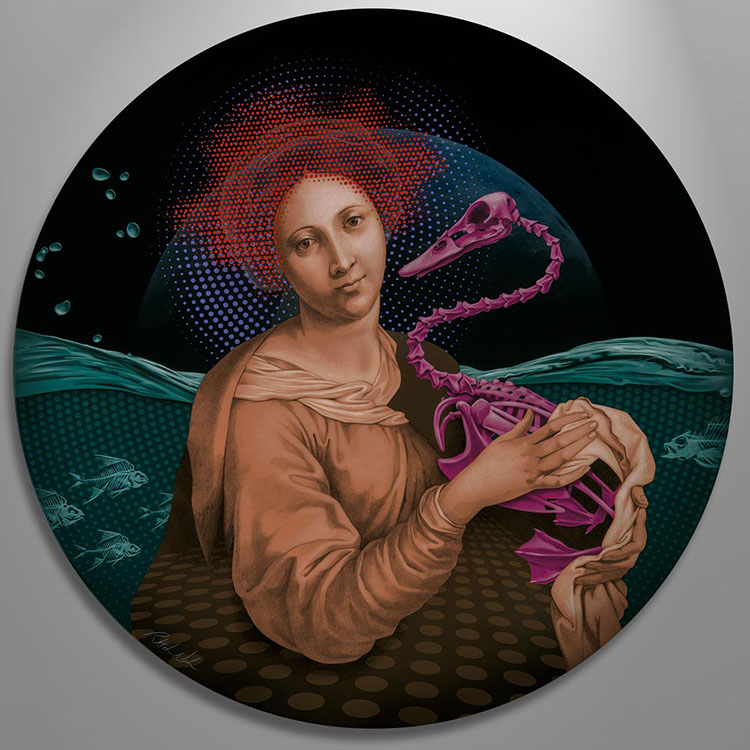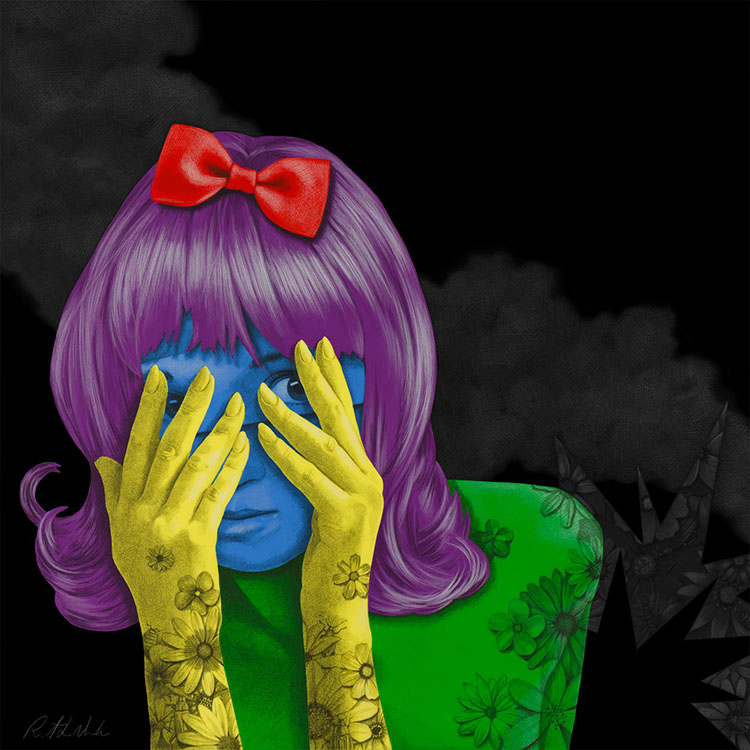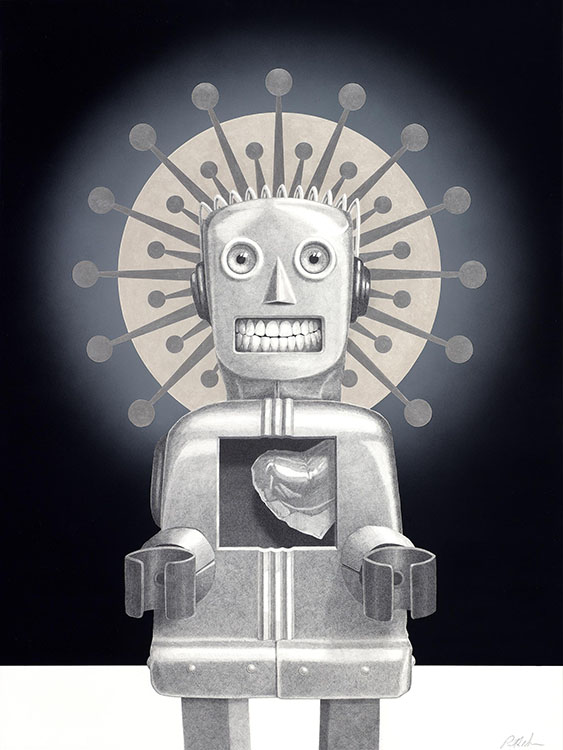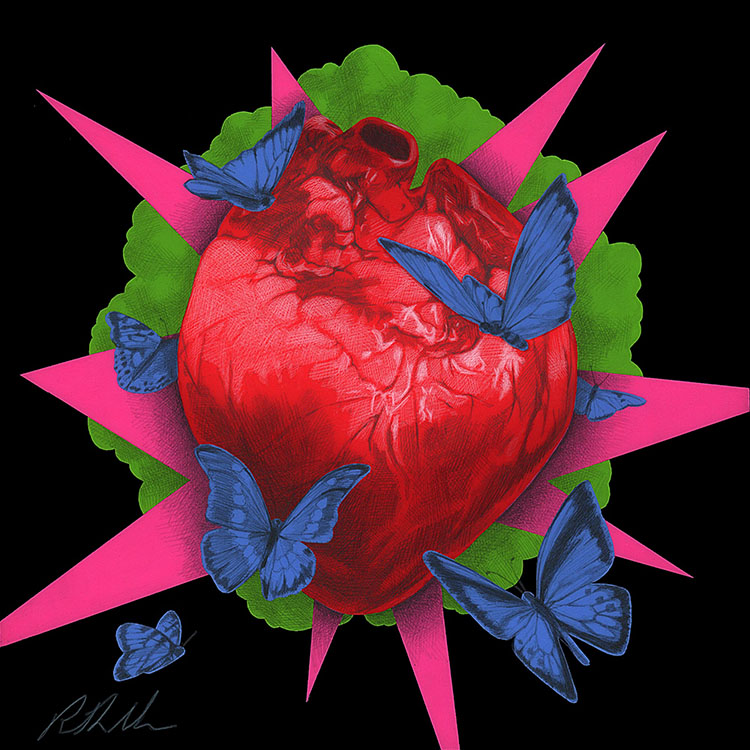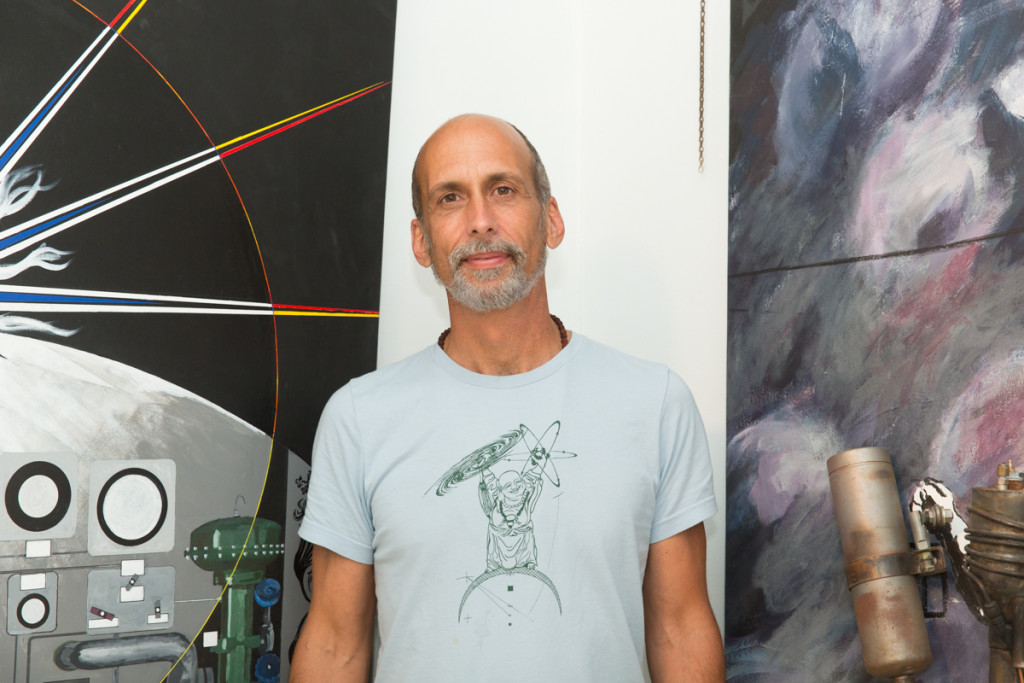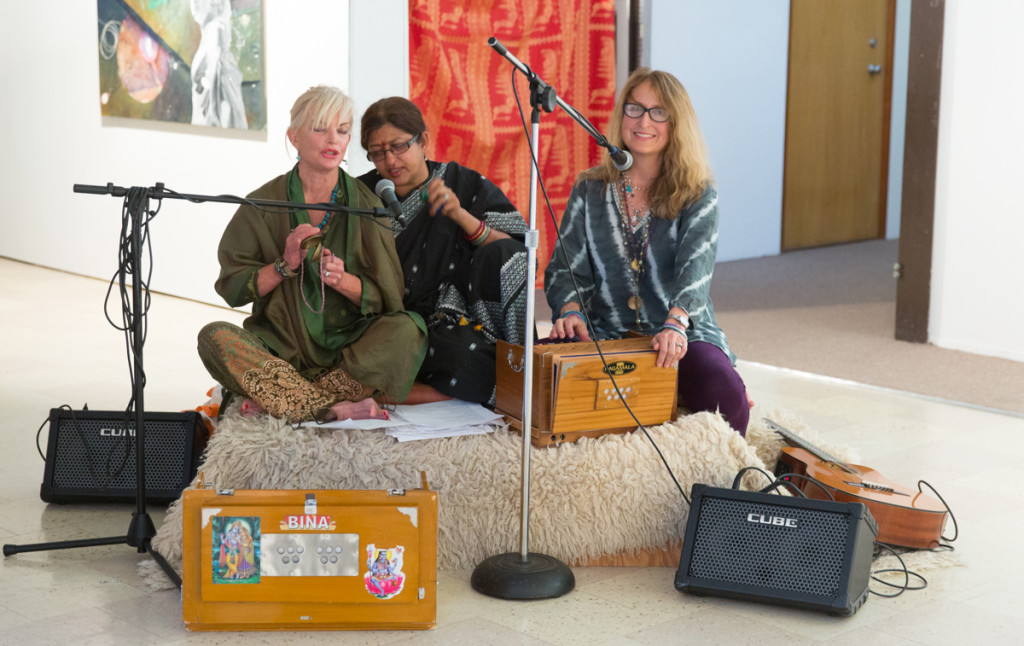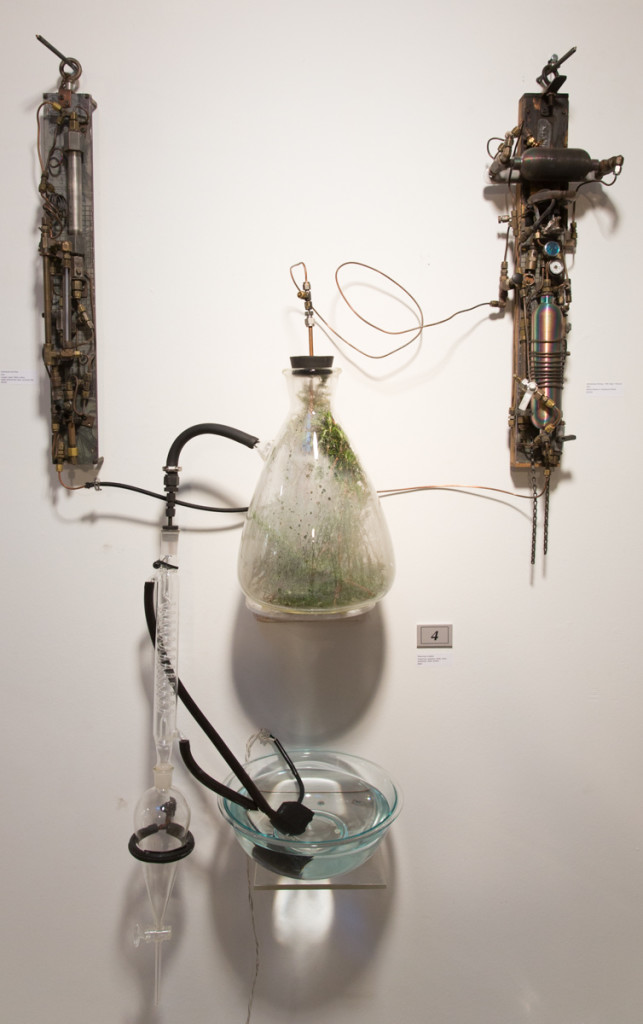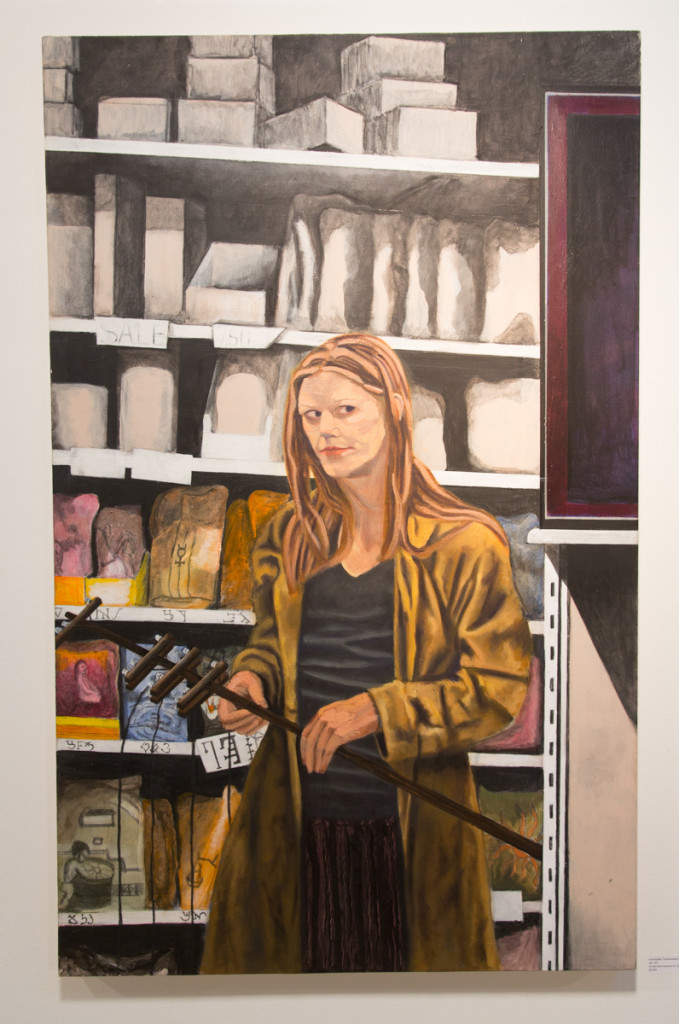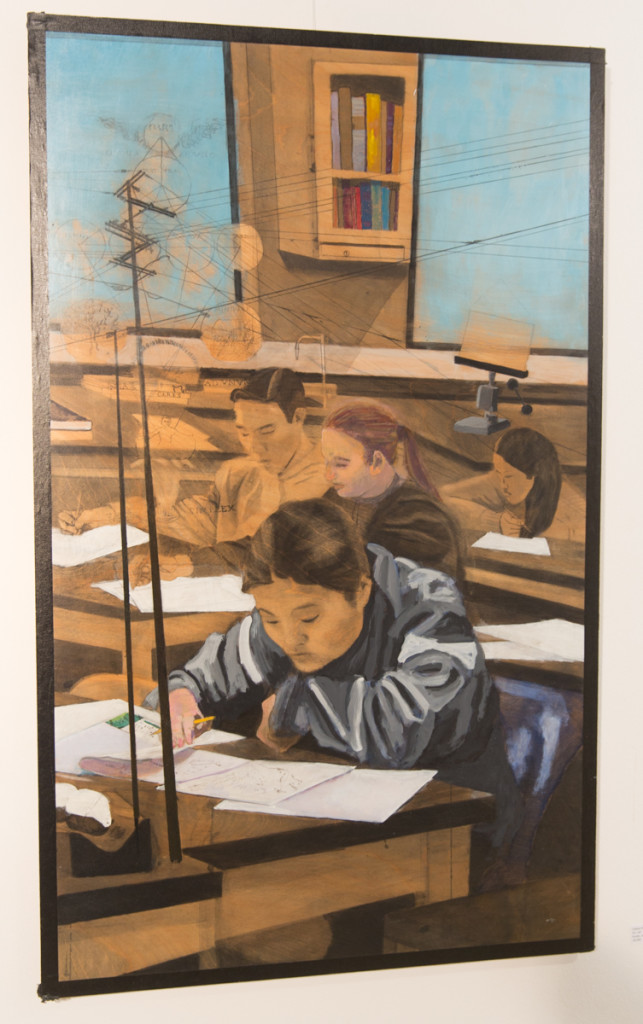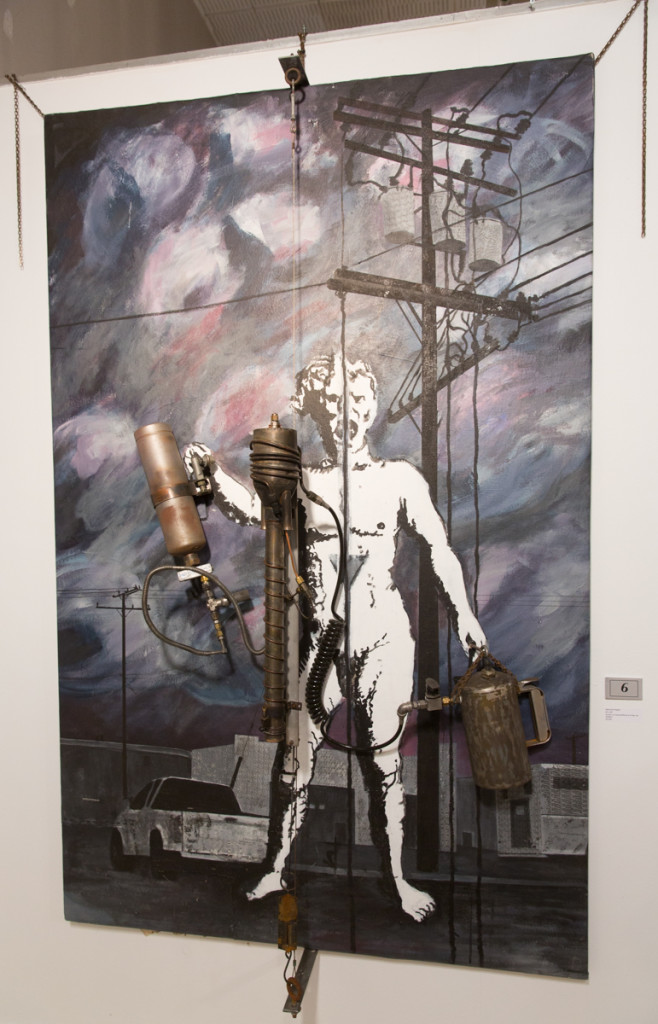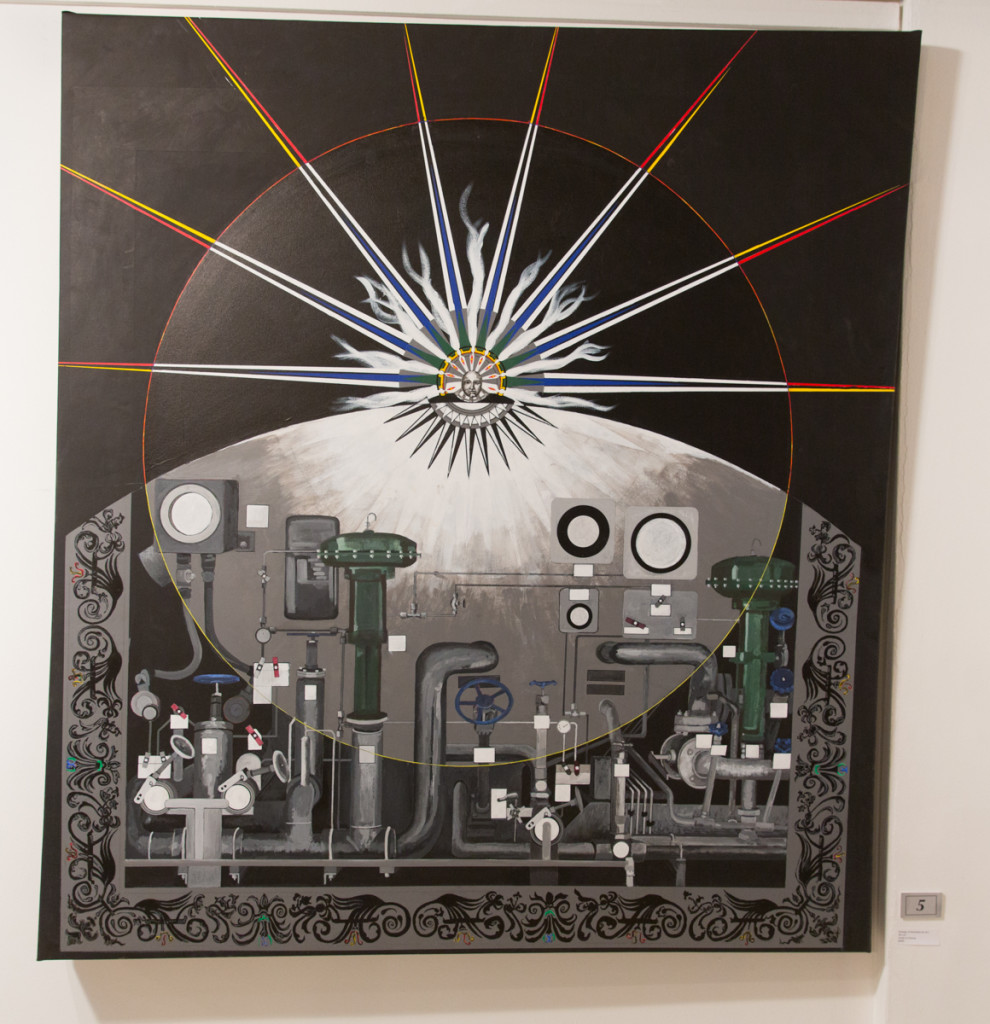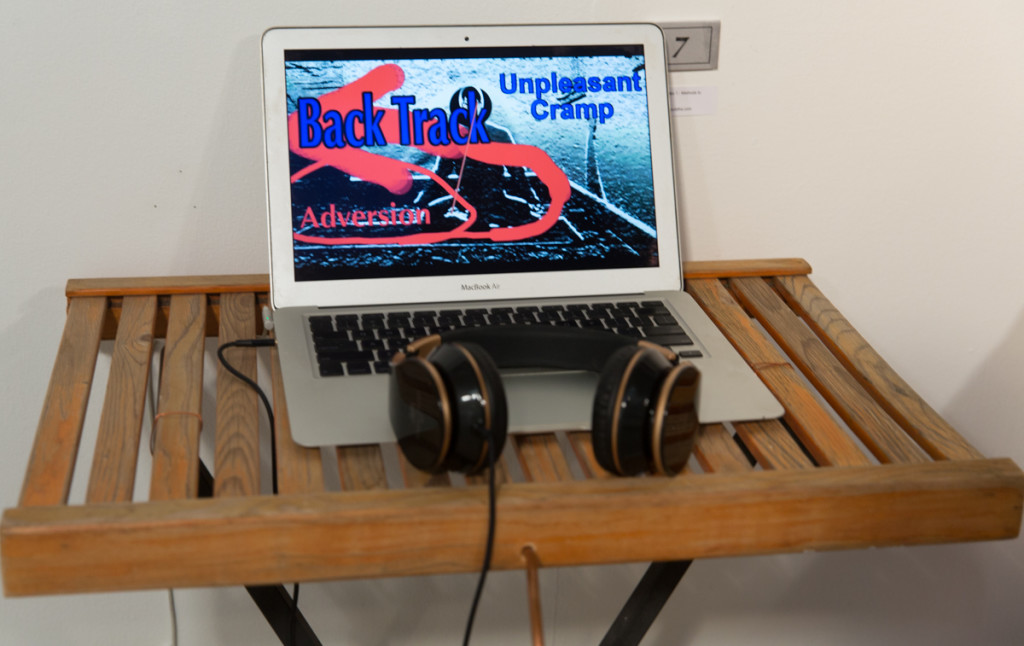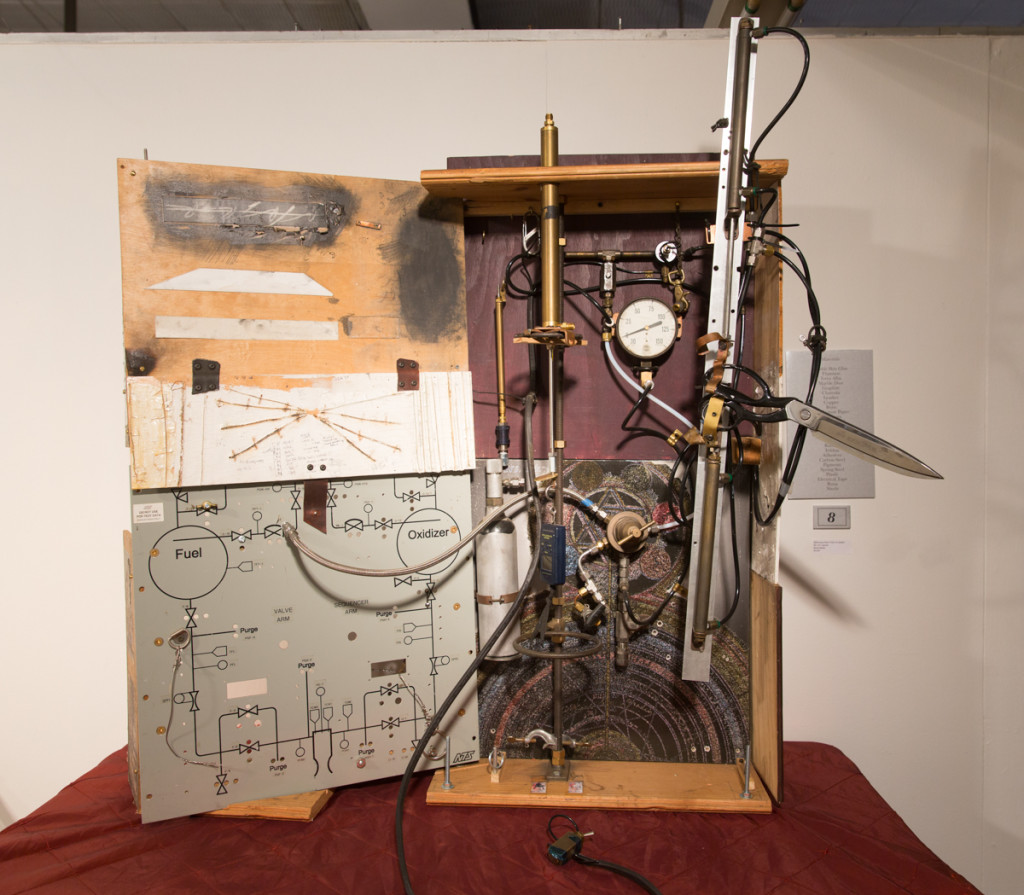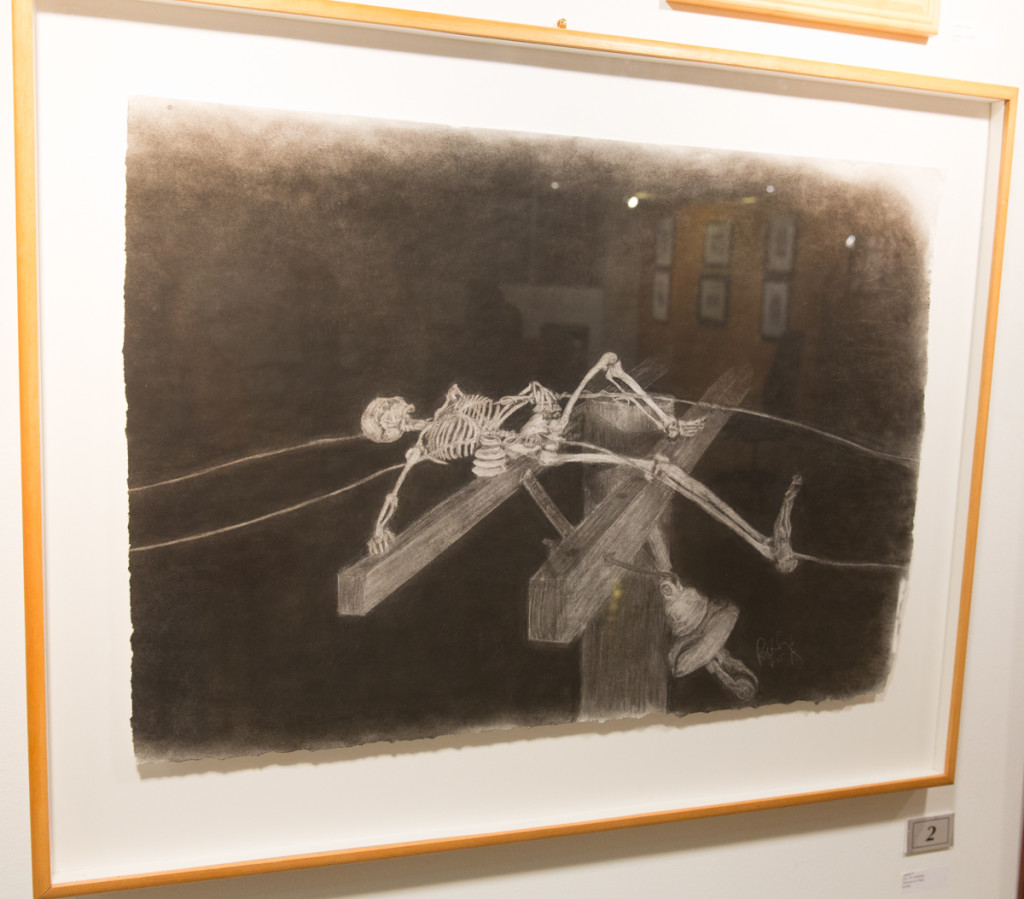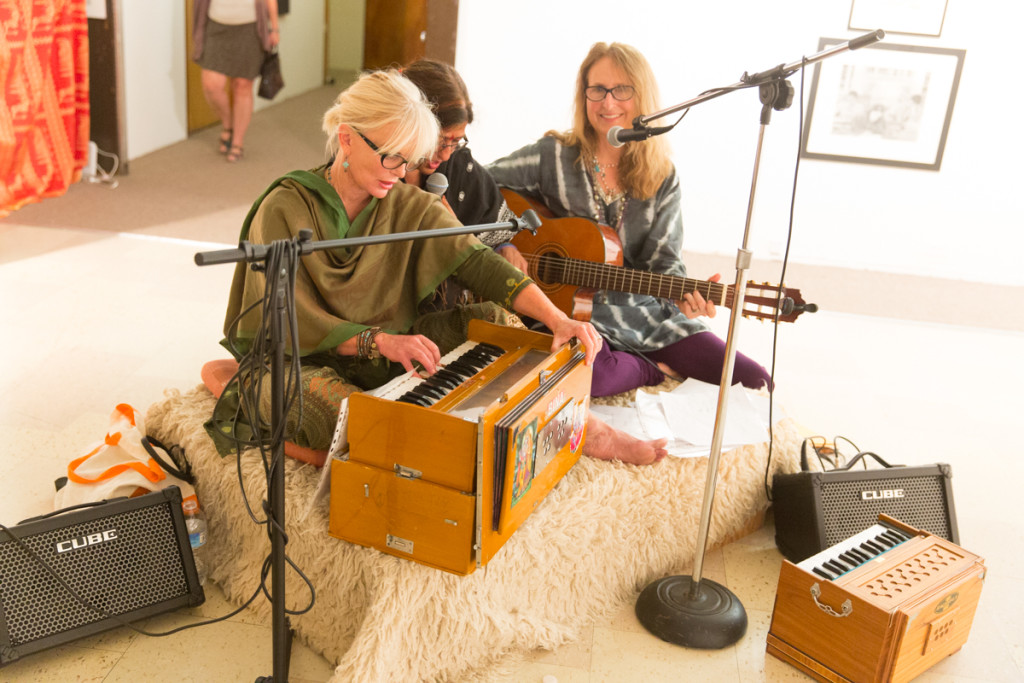Dani Dodge is a force to be reckoned with. A supplier of light in the dark, an exposer of souls in transition, of the heart in flight. Always greatly drawn to installation work, Dodge hits all the marks of excellence: a visceral, punch-to-the-gut emotional connection; creation of an immersive world; a profound intellectual delicacy; and last but certainly not least, visual pleasure.
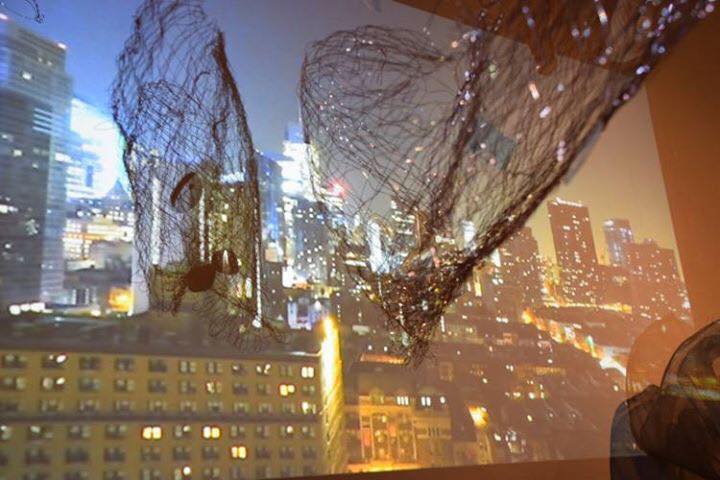
Her work forms a kind of poetry that arcs from the eye to the heart to the mind. Each piece spans an intricate web, linked strongly to place – something that has always inspired me in my own fiction – and to time.
The artist’s perception of the connection between time and location is matched by her even stronger presentation of the link between human surface and the soul within. There is a reverence for life as we know it and the life within us, the eternal.
Manifested in her materials, such as eye glass lenses and video footage of time elapsed skies, Dodge takes viewers on a journey that only she can lead. Revel in it.
Others are hit hard by her profundity, too. Dodge has recently been recognized by Americans for the Arts, the nation’s leading nonprofit organization for advancing the arts and arts education, and has received Art Slant’s juried 2016 prizes for Round 3 and Round 5 in new media and installation, respectively.
Americans for the Arts honors 38 outstanding public arts projects created in 2015 through the Public Art Network (PAN) Year in Review program, the only national program that recognizes the most compelling public art. The works were chosen from 260 entries across the country.
Dodge’s win is for Confess, an installation presented in 2015 at West Hollywood, Calif.’s L.A. Pride. Dodge manned a 20-square-foot confession booth with walls on three sides covered by black fabric. Dodge typed participants’ confessions on gold paper and posted them anonymously on the walls of the room, making the walls that started out black Saturday morning glitter gold with confessions by the end of L.A. Pride on Sunday night.
Like all great public art, Dodge’s work offered what Americans for the Arts CEO Robert L. Lynch describes as “the singular ability to make citizens going about everyday business stop, think, and through the power of art appreciate a moment, no matter how brief.”
Art Slant’s juried competition honored Dodge in Round 3 for her work in new media, three beautiful and compelling videos contained in DANI DODGE, LOSING PERSPECTIVE, 2016.
Art Slant’s Round 5 awarded DANI DODGE, NIGHT CLOUDS, 2016, an installation which explores the natural wonder of clouds, interpreted by Dodge through a stunningly delicate weave of fishing line and copper wire, containing not rain but prescription eyeglass lenses which serve to reflect the dancing, sparkling projected images of stars, and emotionally, the viewers perceptions of night, clouds, nature, life, and our own perceptions. This site specific piece is on view through August 13th at HB Punto Experimental in San Diego.
Dodge, is a former journalist and war correspondent whose work reflects an exploration of time spent on the battlefield. Soon to be reviewed by this blog, Art Share LA’s Flight Patterns exhibition contains another exciting piece by Dodge. A solo show of Dodge’s work Afterfear will take place at HB Punto Experimental in San Diego running December 10 through February 11, 2017. Also in 2017: solo shows of Dodge’s work at New Museum Los Gatos in Los Gatos, Calif., Museum of Art and History: Cedar in Lancaster, Calif., and at A.I.R. Gallery in Brooklyn, New York.
- Genie Davis; Photos: Jack Burke, Kristine Schomaker/ShoeboxPR, and courtesy of the artist
